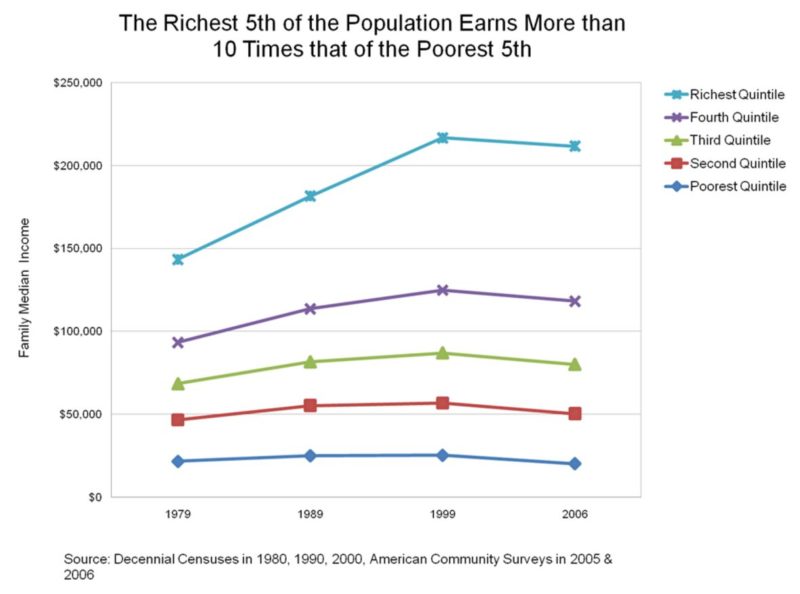
Share On Social!
Latinos suffer fast differences in health and social conditions compared to other racial and ethnic groups, particularly whites. These differences, called health disparities, are rooted in social disadvantage and are often unavoidable.
The Metropolitan Area Planning Council (MAPC) in Boston, Mass. (18.81% Latino population), has released a new report discussing the growing health and income disparities in the area.
Some of the report’s findings include new stats about the rapidly rising rates of youth asthma hospitalizations in Greater Boston. According to the findings, the rate has increased by 22 hospitalizations per 100,000 from 2003-2007 to 2008-2012. One of the chief causes has been the growing number of Latino youth asthma cases.
“In the asthma arena what [the findings] certainly tell us is we have to continue to take aggressive efforts to deal with some of the environmental triggers of asthma and some of the other causes, and to make sure that we do so for all children, particularly children of color, who are suffering at higher rates,” said MAPC Executive Director Marc Draisen in an interview with WBUR.
In order to reduce health disparities, it is critical to address inequities in programs, practices, and policies. Join our site, connect with others, and get involved.
 Latinos are also facing an increase in housing segregation in the area. While the segregation between whites and blacks in the area has been decreasing, it remains higher than ever between Latinos and whites.
Latinos are also facing an increase in housing segregation in the area. While the segregation between whites and blacks in the area has been decreasing, it remains higher than ever between Latinos and whites.
“[It is] very disturbing,” said Draisen. “Greater Boston remains a highly segregated region. It’s segregated by race, and it’s segregated by income…. It’s one thing for adults to live in segregated societies, but our children actually live in even more segregated neighborhoods, and that is a very bad portend for the future.”
The report, entitled “The State of Equity in Metro Boston,” also discusses the current income disparities that exist in the city. Like many major metropolitan areas, Boston is struggling to close the income gap between the city’s highest earners and its lowest. The average income for the highest-earning households ($272,500) is 18 times higher than the average income for the lowest-earning households ($14,900).
“When wages are polarizing, and the people on the top are moving farther and farther away from people at the bottom, it’s hard to catch up,” Draisen explained. “It’s really fundamental to the American Dream, which indicates that your kids ought to be able to do better than you did. And if you start out so far behind, it’s much harder to make that happen.”
Read more about the report here.
Read stories similar to this one:
- Colleges are getting creative in recruiting #Latino students. #SaludAmerica #Education http://salud.to/2li6LwI
- Outreach Efforts are Important to Latinos in Oregon. #SaludAmerica #HealthEquity http://salud.to/2lrYtm1
By The Numbers
142
Percent
Expected rise in Latino cancer cases in coming years



